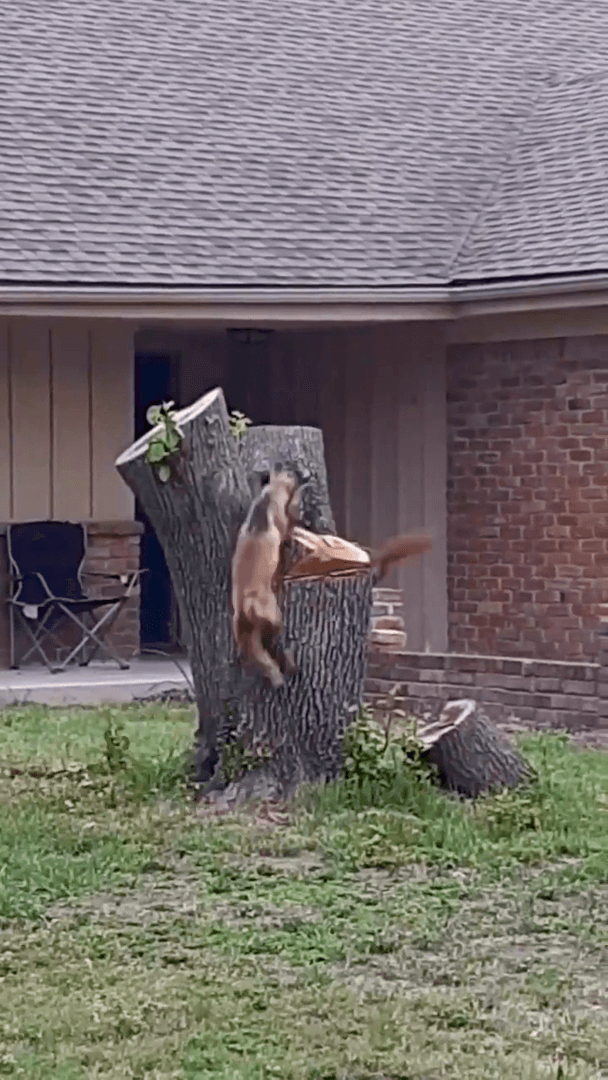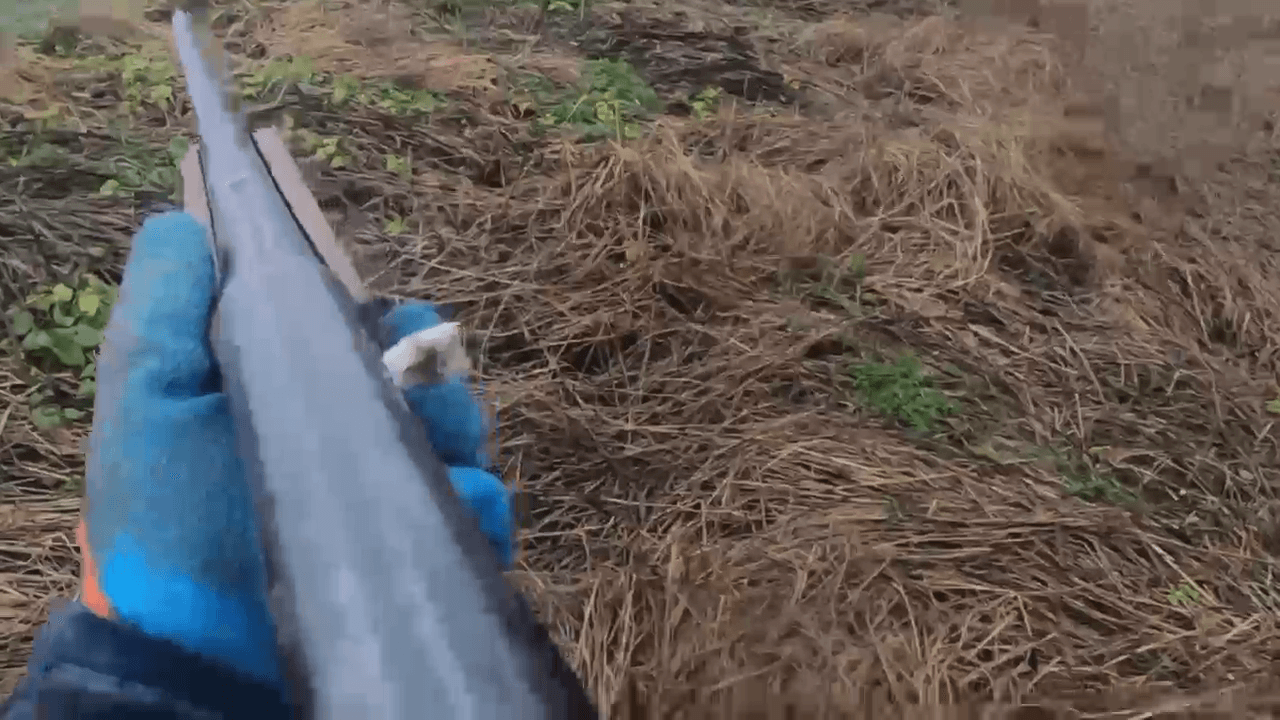
Wildfowl Hunting in Ireland: A Hunter's Guide to Wetlands. Demographics, Laws and Hunting Seasons, Associations and Clubs Roscommon, located in the heart of Ireland, is a favorite destination for wild bird hunters. Known for its extensive wetlands, lakes and marshes, Roscommon offers exceptional waterfowl hunting opportunities. This comprehensive guide contains important information for hunters, covering geography, demographics, hunting types, seasons, legislation, and local traditions. Geographical and natural features of the region in terms of hunting The landscape of Roscommon is characterized by numerous lakes, including Loch Ree and Loch Key, as well as extensive marshes and river systems. The wetlands of the region are an ideal habitat for ducks, geese and other waterfowl. The main hunting grounds include the shores of Loch Ree, the marshes around Strokestown and the valleys of the rivers Shannon and Sousse. The mild climate and abundance of water sources make Roscommon a popul
Post: 12 June 06:31















































